Colección: 墨 Sumi made from pine-soot
In Japan, sumi ink made from the soot produced by burning pine wood is called Shoen Boku (written as 松煙墨). Thick sumi ink (濃墨) exhibits a subdued matte color, while thinned sumi ink (淡墨) features a transparent and luminous shade providing a fine-grained three-dimensional effect. It is said that as it ages, the color shifts from black tones to blue tones.
One important note is that thinned sumi ink (淡墨) is not simply diluted sumi ink with a light shade; it refers to sumi ink that has been intensely ground to achieve a deep black color and then diluted with water. In sumi-e painting, the transparency of the artwork is crucial, and the preparation of sumi ink plays a significant role in altering the impression of the sumi-e painting.
The sole shokunin (craftsman) currently producing pine soot in Japan is Mr. Masao Horiike of Kishu Shoen.
rimpamura curated several precious sumi inks made from pine-soot.
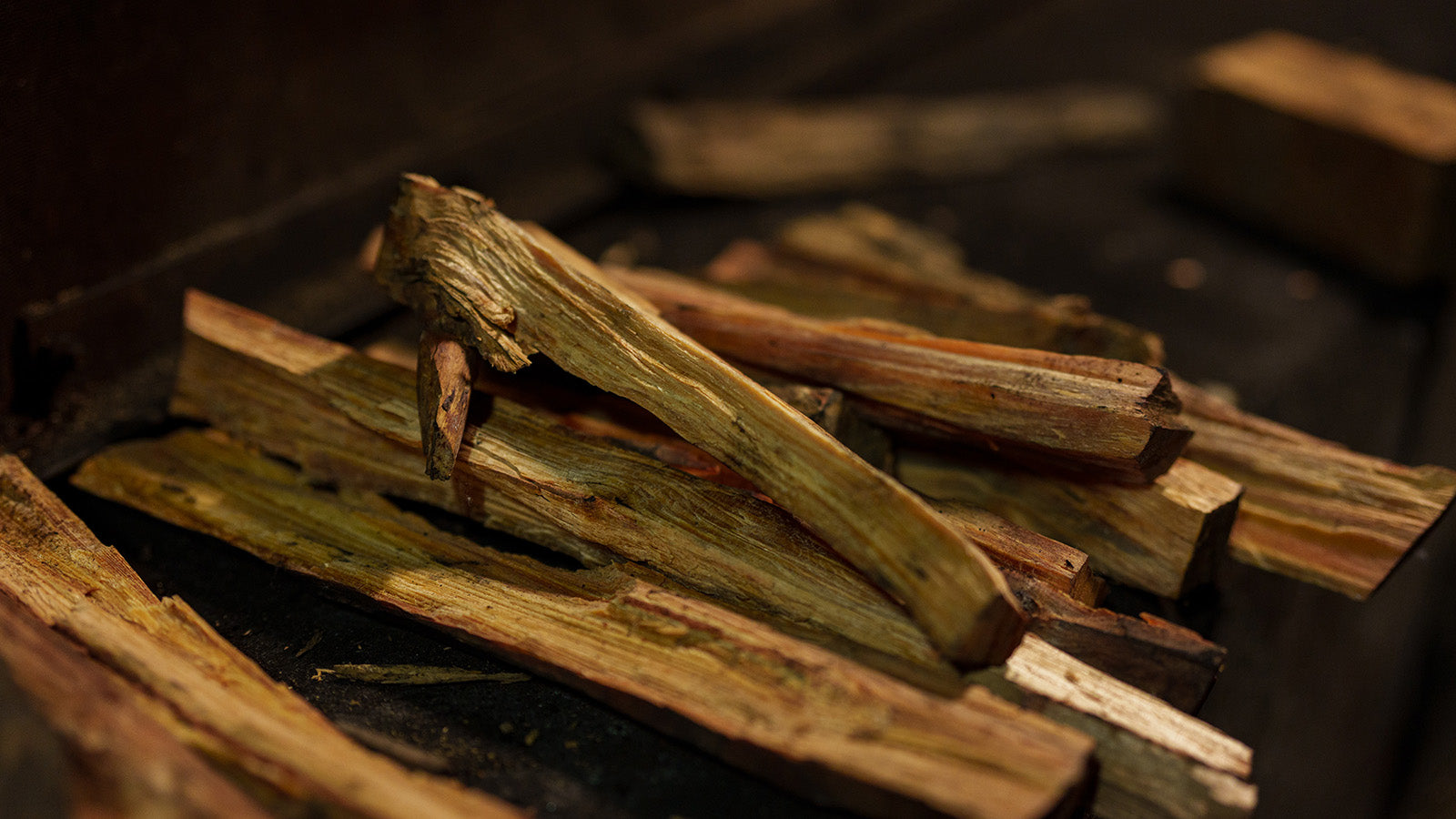
red pine trees
Only red pine trees, specifically those with concentrated pine resin, are utilized for producing pine soot."
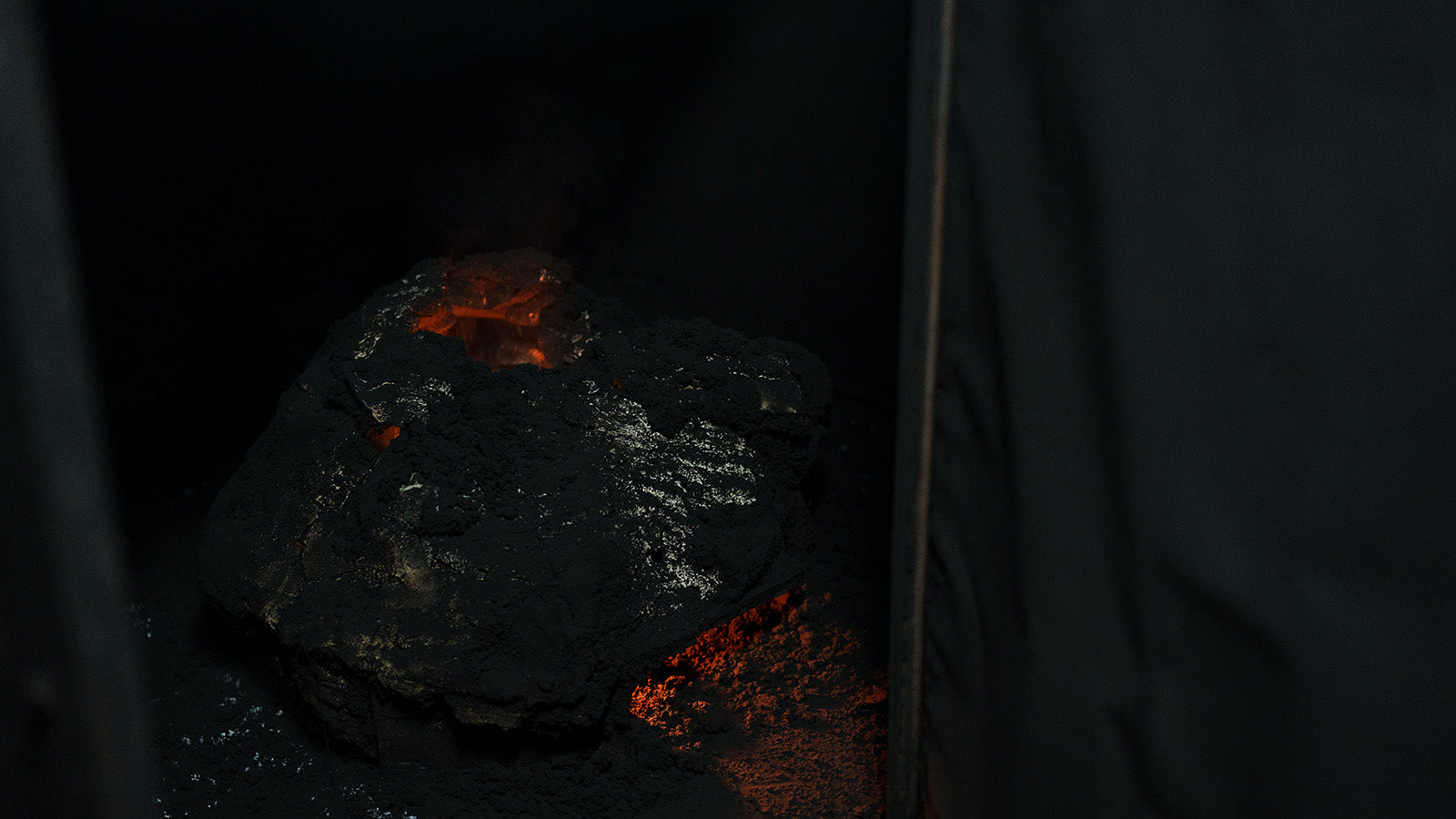
The room where the furnace is set
It is about the size of one tatami mat, and each room is partitioned off by fire-resistant wire mesh.
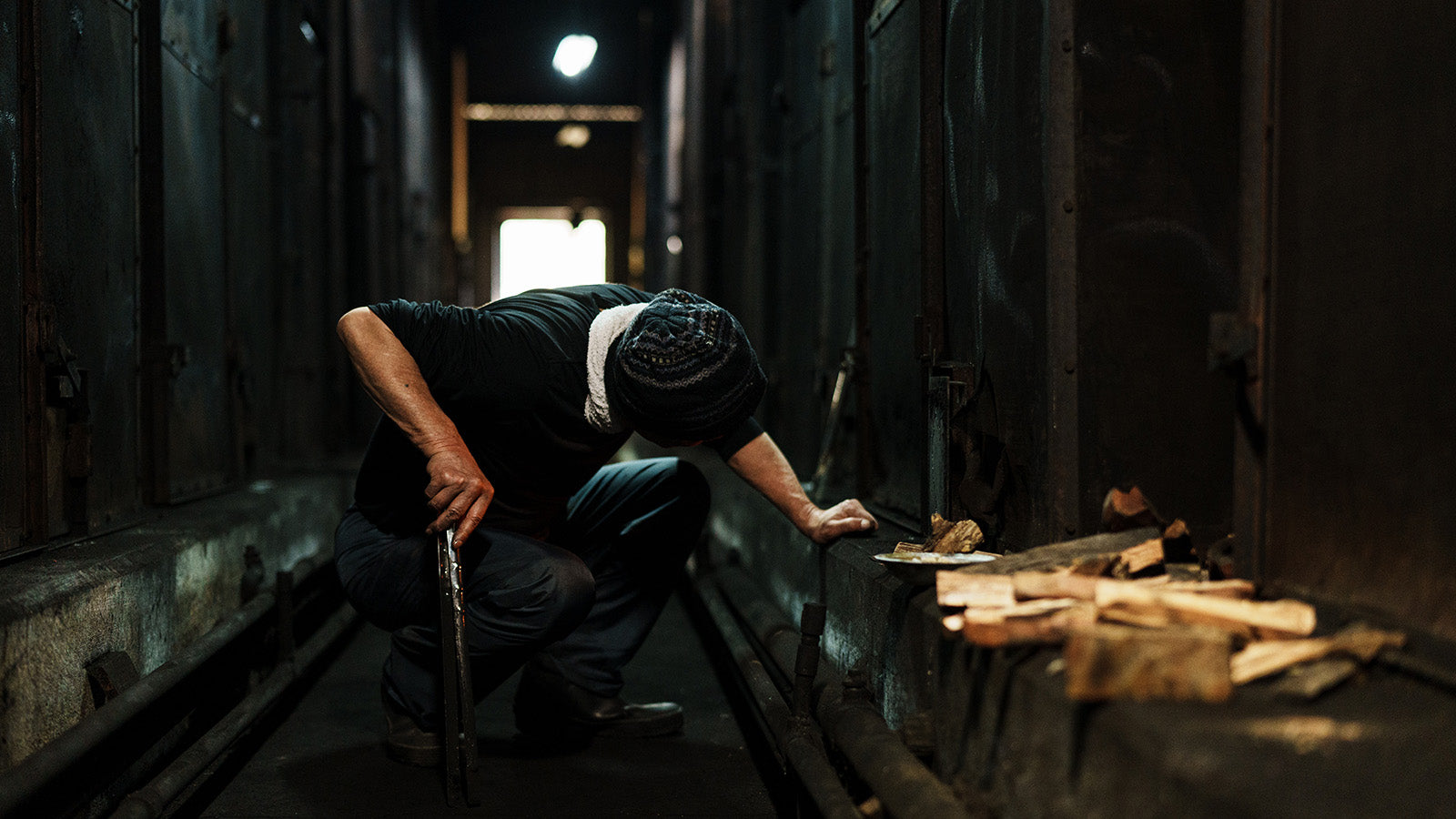
one by one, for 100 hours.
small pieces of pine wood are burned slowly, one by one, for 100 hours.
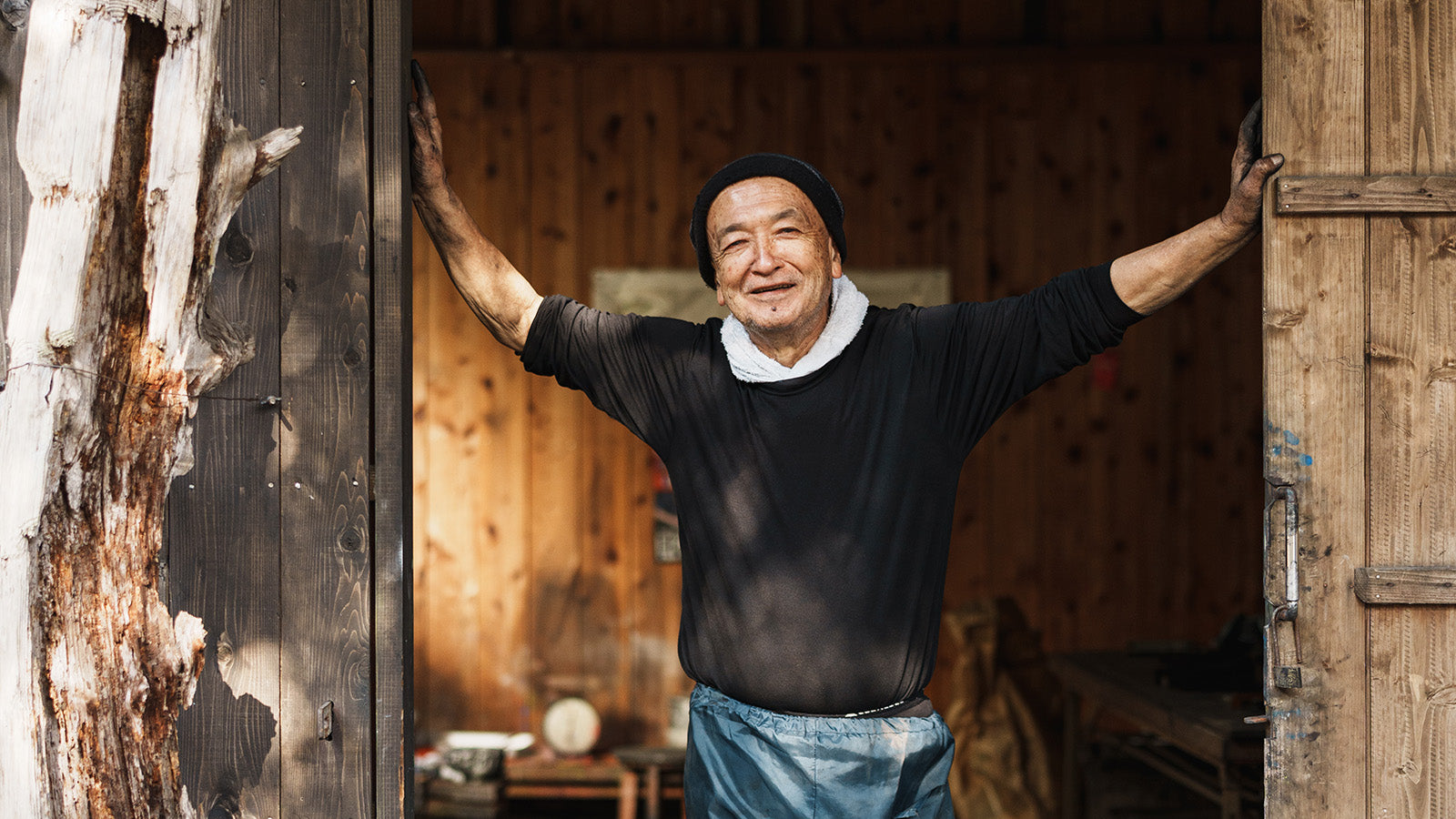
Pine Soot Shokunin
Mr. Horiike takes care to ensure that the spark of fire does not die out.
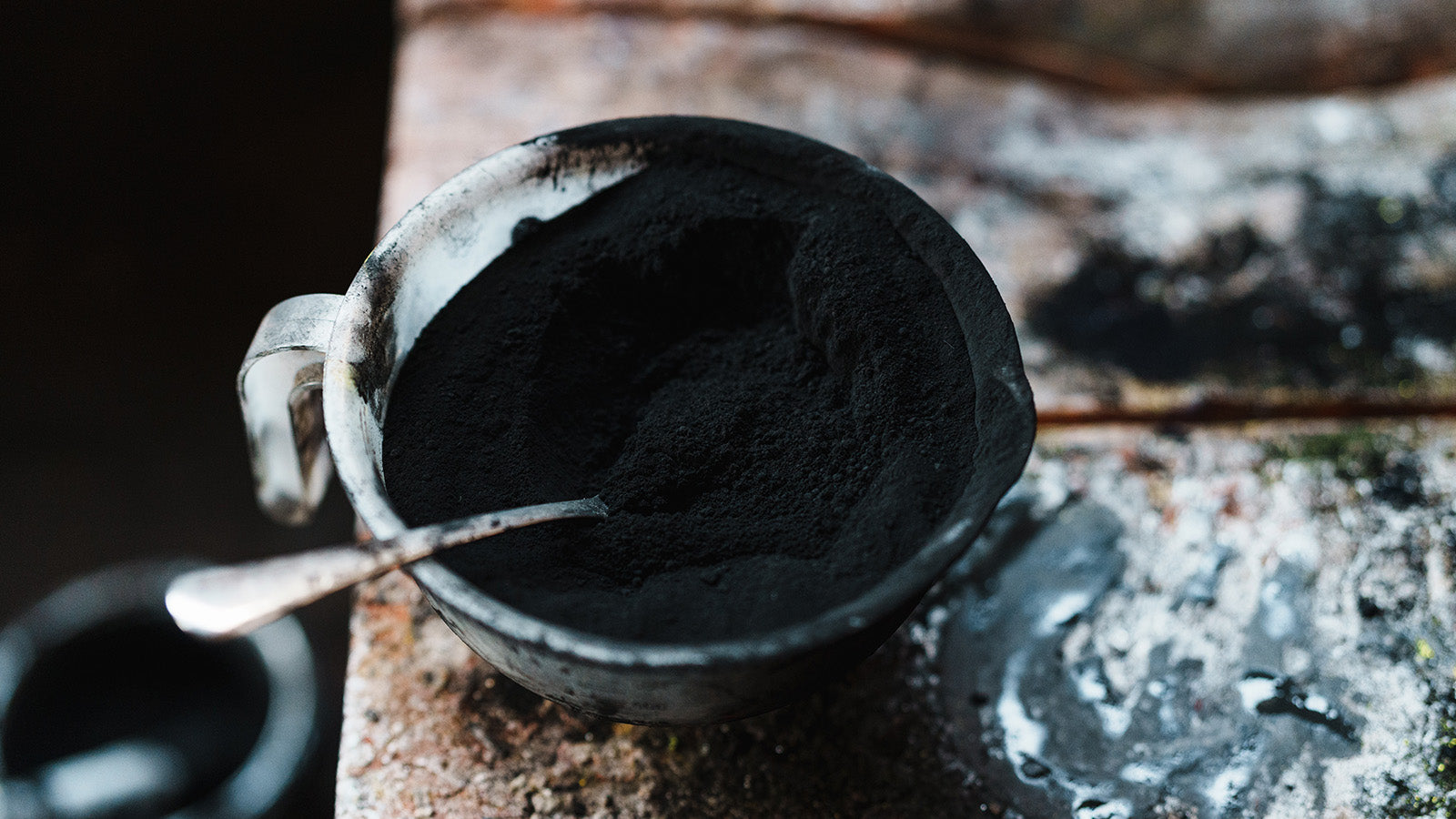
Pine Soot
The soot is collected by sweeping it away from the shoji room where the furnace is set up.
松煙墨 Sumi ink made by pine soot
-
【紀州墨:紀州松煙製造】Pine-soot Sumi ink made in Kishu
Precio habitual A partir de $52.00Precio habitualPrecio unitario / por -
【奈良墨: 錦光園】 TENSHO RYU (Dragon Climbing to Heavens)
Precio habitual $82.00Precio habitualPrecio unitario / por -
【奈良墨: 錦光園】Kyushien(Garden of Nine children)
Precio habitual $164.00Precio habitualPrecio unitario / por -
【紀州墨:紀州松煙】Colored Sumi ink “Saiemboku” & Pine-soot Sumi ink made in Kishu
Precio habitual $123.00Precio habitualPrecio unitario / por
what's new
Ver todo-

Maki Fude (cored brushes) vs Suihitsu (non-core...
A Makifude has Japanese paper wrapped around its core; therefore, only about one-third of the bristles on a Makifude brush are exposed for use, while the bristles of a Suihitsu...
Maki Fude (cored brushes) vs Suihitsu (non-core...
A Makifude has Japanese paper wrapped around its core; therefore, only about one-third of the bristles on a Makifude brush are exposed for use, while the bristles of a Suihitsu...
-

Horiike san on the NHK program called 'CYCLE AR...
In the NHK program called 'CYCLE AROUND JAPAN: Kii Mountains - Climbing Uphill with a Smile,' a cyclist visited Horiike-san. The film shows how pine soot sumi ink is made....
Horiike san on the NHK program called 'CYCLE AR...
In the NHK program called 'CYCLE AROUND JAPAN: Kii Mountains - Climbing Uphill with a Smile,' a cyclist visited Horiike-san. The film shows how pine soot sumi ink is made....
-
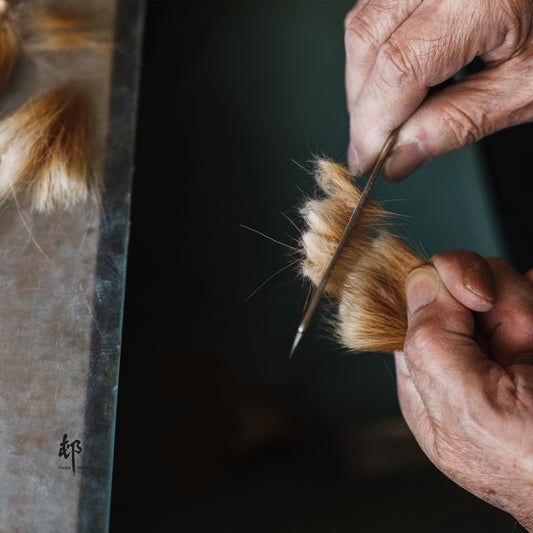
Two different ways of making brushes
Fude making has been practiced throughout Japan for centuries, and while the manufacturing methods can vary somewhat depending on the region and shokunin, they can be broadly categorized into two...
Two different ways of making brushes
Fude making has been practiced throughout Japan for centuries, and while the manufacturing methods can vary somewhat depending on the region and shokunin, they can be broadly categorized into two...
-

Season of Sumi making is over this year. Sumi i...
The production of sumi ink takes place during winter. This is because one of the raw materials for sumi, Nikawa glue, may not solidify or may even rot when it...
Season of Sumi making is over this year. Sumi i...
The production of sumi ink takes place during winter. This is because one of the raw materials for sumi, Nikawa glue, may not solidify or may even rot when it...








